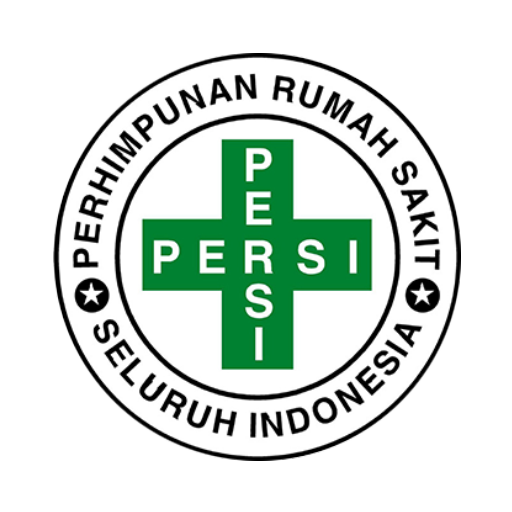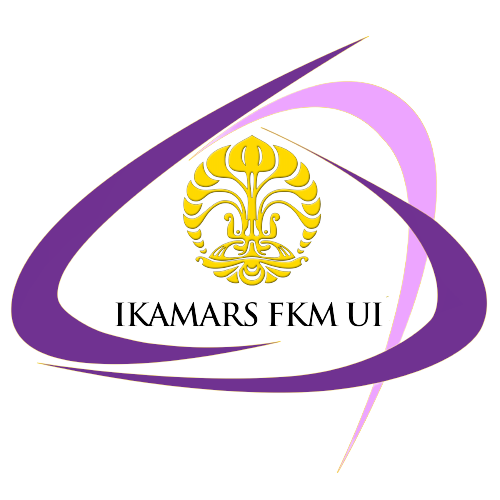Analisa Pengelolaan Kebutuhan Logistik Farmasi pada Instalasi Farmasi RS MBSD Periode Juli 2017- Juni 2018
Abstract
Keywords
Full Text:
PDFReferences
(1) Aditama, T. Y. 2015 Manajemen Admnistrasi Rumah Sakit. 2nd edn. Jakarta: Penerbit Universitas Indonesia.
(2) Azwar, A. 1996 Pengantar Administrasi Kesehatan. 3rd edn. Jakarta: Binarupa Aksara.
(3) Bowersox, D. J. 1978.Manajemen Logistik. Bumi Aksara.
(4) Desselle, S. P. and Zgarrick, D. P. 2014.Manajemen Farmasi. 2nd edn. Jakarta: EGC.
(5) Febriawati, H. 2013.Manajemen Logistik Farmasi Rumah Sakit. Yogyakarta: Gosyen Publishing.
(6) Indonesia, R. 2009.Undang Undang Nomor 25 Tahun 2009 Tentang Pelayanan Publik.
(7) Indonesia, S. N. R. 2009.Undang Undang Republik Indonesia Nomor 44 Tahun 2009 tentang Rumah Sakit. Indonesia.
(8) Kementrian Kesehatan RI. 2010. ‘Pedoman pengelolaan perbekalan farmasi di rumah sakit’.
(9) Kementrian Kesehatan RI. 2016.Peraturan Menteri Kesehatan Republik Indonesia Nomor 72 Tahun 2016.
(10) Kristianto, E. 2013. ‘E-health di Indonesia’, Jurnal Teknik dan Ilmu Komputer, 2(6), pp. 167–171. Available at: http://ejournal.ukrida.ac.id/ojs/index.php/TIK/article/viewFile/790/755.
(11) Pedoman Pengorganisasian Farmasi RSMBSD (no date).
(12) Rusli. 2016.Farmasi Rumah sakit dan Klinik. Jakarta: Pusdik SDM Kesehatan.
(13) Siregar, C. J. 2003.Farmasi Rumah Sakit : Teori dan Penerapannya. Jakarta: EGC.
(14) Sudaryono. 2017.Metodologi Penelitian. Jakarta: Rajawali Pers.
(15) Supono, R. A. 2006.Penerapan Teknologi Informasi Pada Dunia Kedokteran: Peluang Dan Hambatan Penerapan Pengobatan Jarak Jauh, pp. 1–4. Available at: adrianti.staff.gunadarma.ac.id/Publications/files/382/Paper_EMedicine_Riza.pdf.
(16) Wibowo, A. 2014.Metodologi Penelitian Praktis Bidang Kesehatan. Jakarta: Rajawali Pers.
DOI: http://dx.doi.org/10.7454/arsi.v5i2.3195
Refbacks
- There are currently no refbacks.








